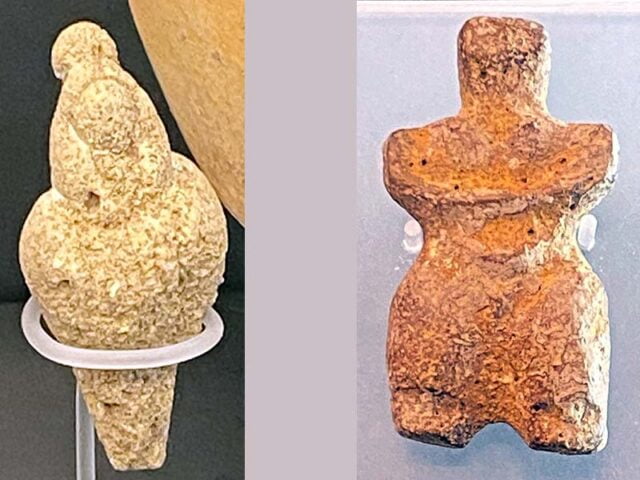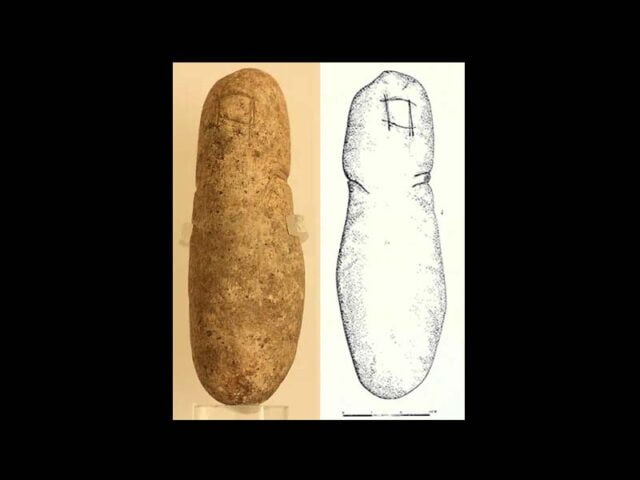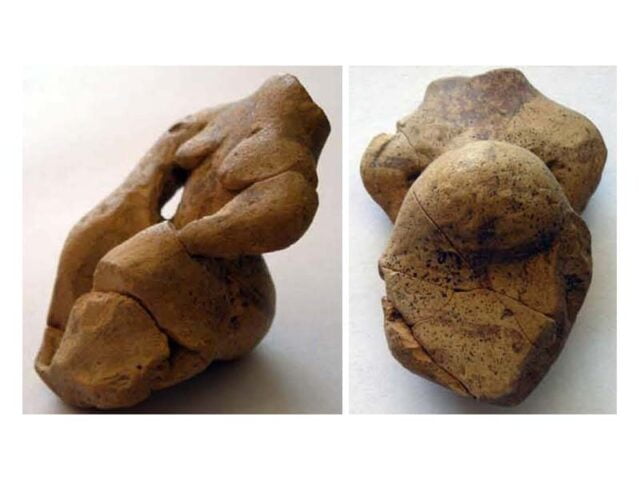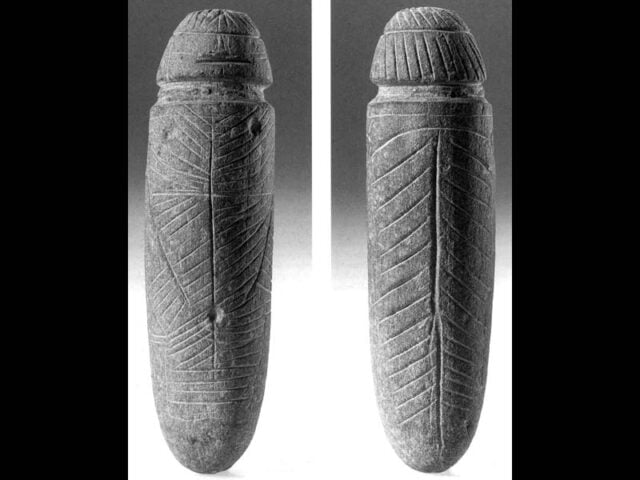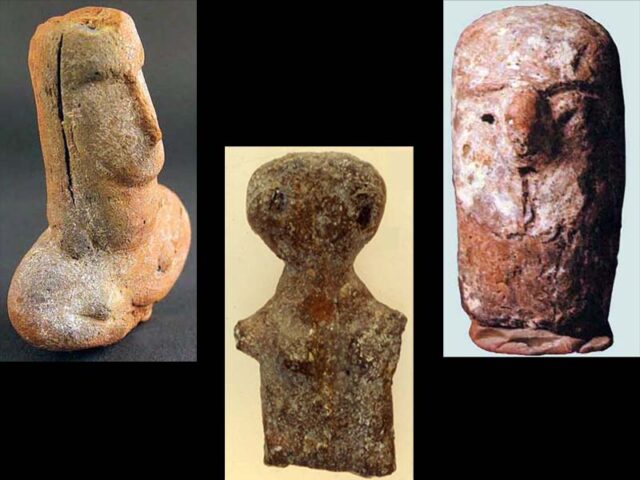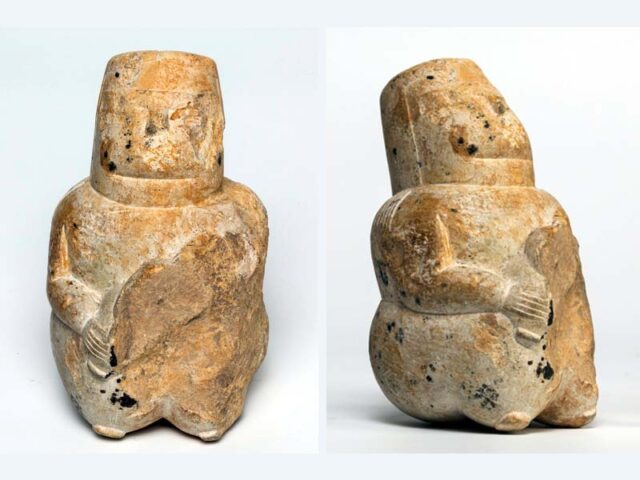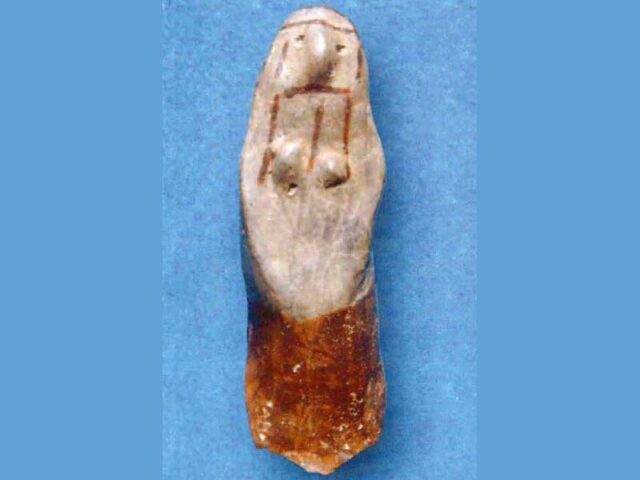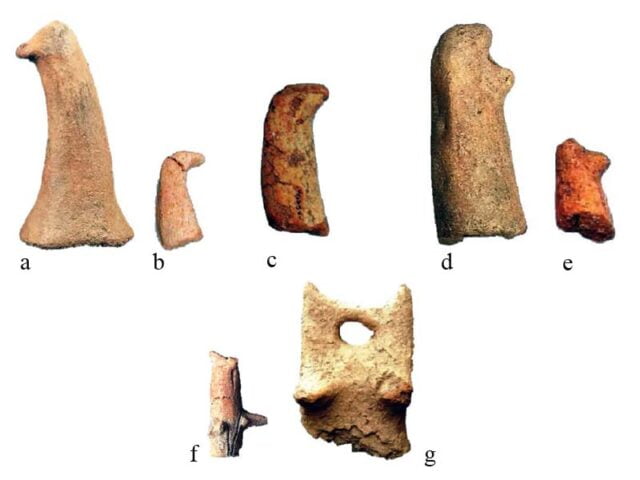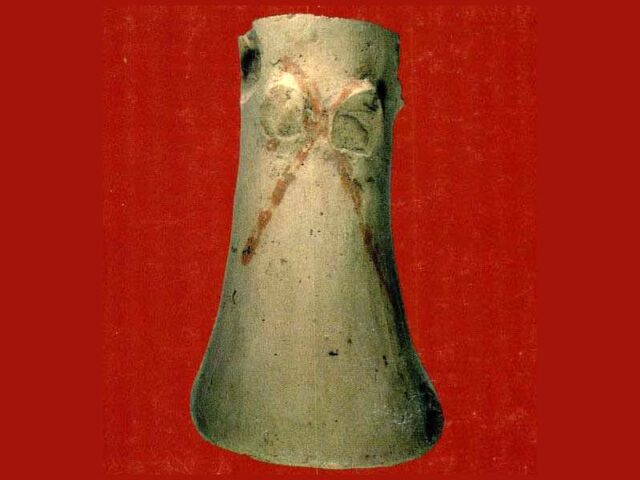Category:Female figurine
These are two figurines found inside two tombs close to each other, both attributable to female subjects and associated both by type of deposition and type of attested ritual. Figurine 1 was recovered inside Tomb 6, referable to an adult female subject aged…
See moreThese are four claviform pendants in ivory which are part of the funerary objects of the burial of the "Prince" of the Arene Candide, a young man of 15 years old, robust and about 170 cm tall, buried after a violent death, probably caused by the aggression of a bear during a hunting trip, with a…
See moreThe Dirillo river is a river in south-eastern Sicily in the province of Ragusa. Along its course numerous settlements have been found ranging from the prehistoric age, between the Neolithic and the Bronze Age, to the classical and late ancient Greek era; the oldest settlements are often found in open places that are not…
See moreThe all-round figurine is small in size, approximately 6 cm. high, made of finely purified and compact baked clay, yellow in colour, hand-modelled and smoothed. Without a head, it has a wide and broad neck, a sub-triangular trunk, steatopygia with accentuated buttocks, plastic breasts and slightly…
See moreIt is a pebble of fine-grained gray sandstone shaped by the fluvial flow into an oblong shape with rounded ends (phallic shape), with a slightly arched longitudinal axis and an ellipsoidal cross-section. The head separated from the trunk by an engraved furrow is decorated with incisions that seem to represent a hair…
See moreThese are 20 statuettes, only some intact and most of them reduced to fragments, found inside the cave of the Arene Candide in the various layers of excavation, most of them on reworked ground and only a few of them come from levels dated with certainty to Middle Neolithic, precisely to the culture…
See moreThe statuette, found by a farmer who was plowing a field in the Perfugas area (Sassari), is mutilated by the very child that the female figure was holding to her chest and whose presence can be recognized from some traces. It is an example of a “geometric-volumetric” style female statuette about 11…
See moreIt is a female statuette in the round, probably forming part of the handle of a vase, with a strong naturalistic imprint and with physiognomic details and clothing details made with paint. The figurine has a continuous cylindrical structure, without interruptions between the head, torso, hips and limbs; the nape…
See moreReferring to the cultural context of the megalithic complex of Monte Grande are the clay horns, or birds' beaks, commonly interpreted as phallic symbols (Fig. 1a-bc) and which constitute, as highlighted by Cultraro (2010), one of the types of artifacts among those most present in Castelluccian sites, both in necropolises and in inhabited areas….
See moreCylindrical statuette, made of light beige purified dough, without arms. “…The breasts, mutilated, are marked by two lines painted in ocher that cross in an X-shape in the center of the chest and continue on the body, which retains other traces of ocher in its front part. The…
See more
